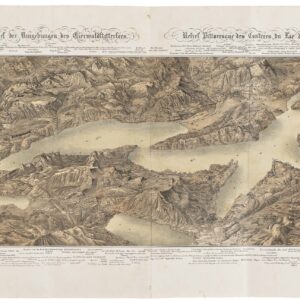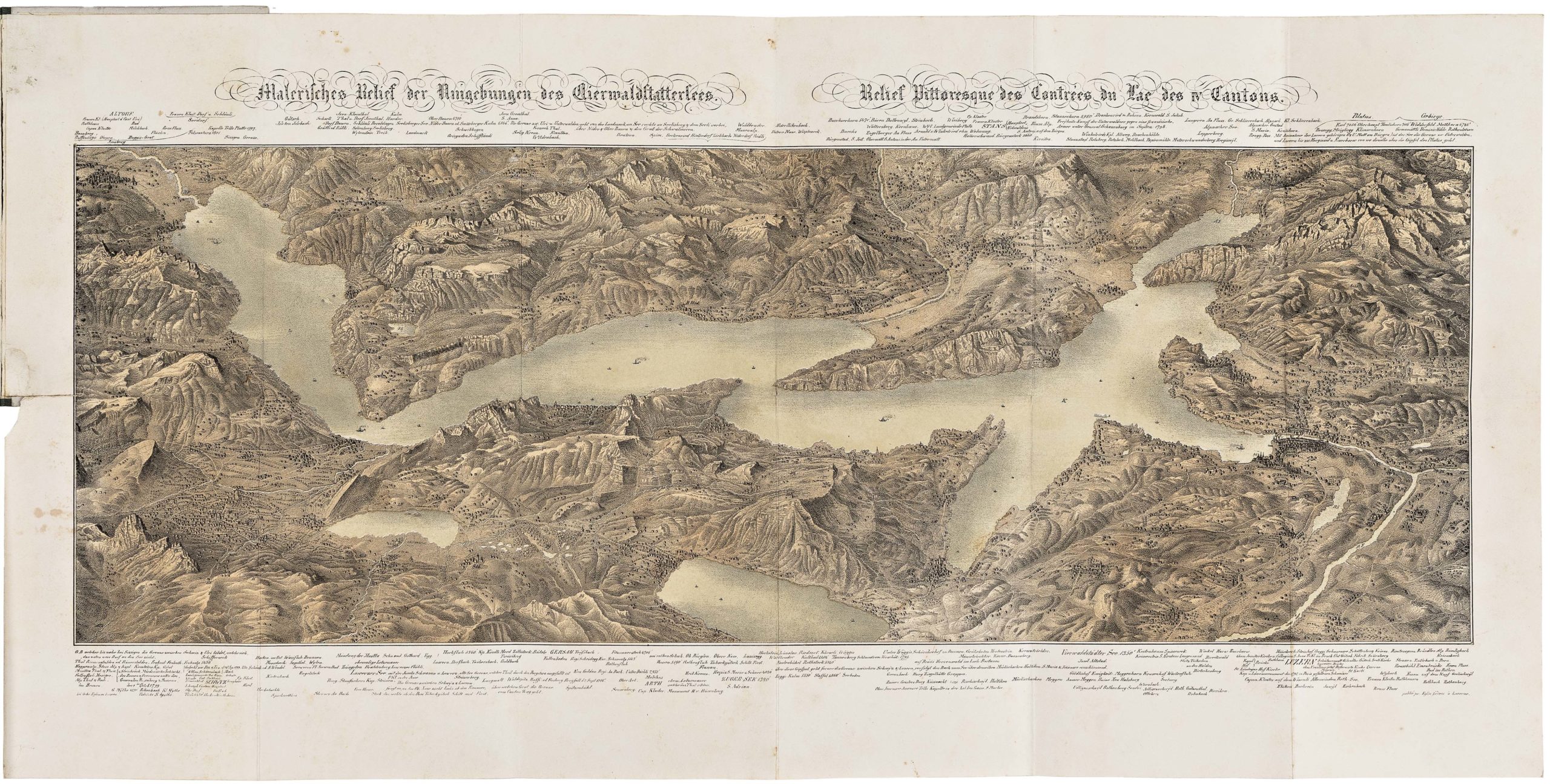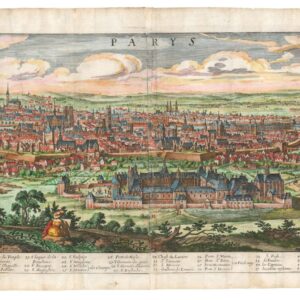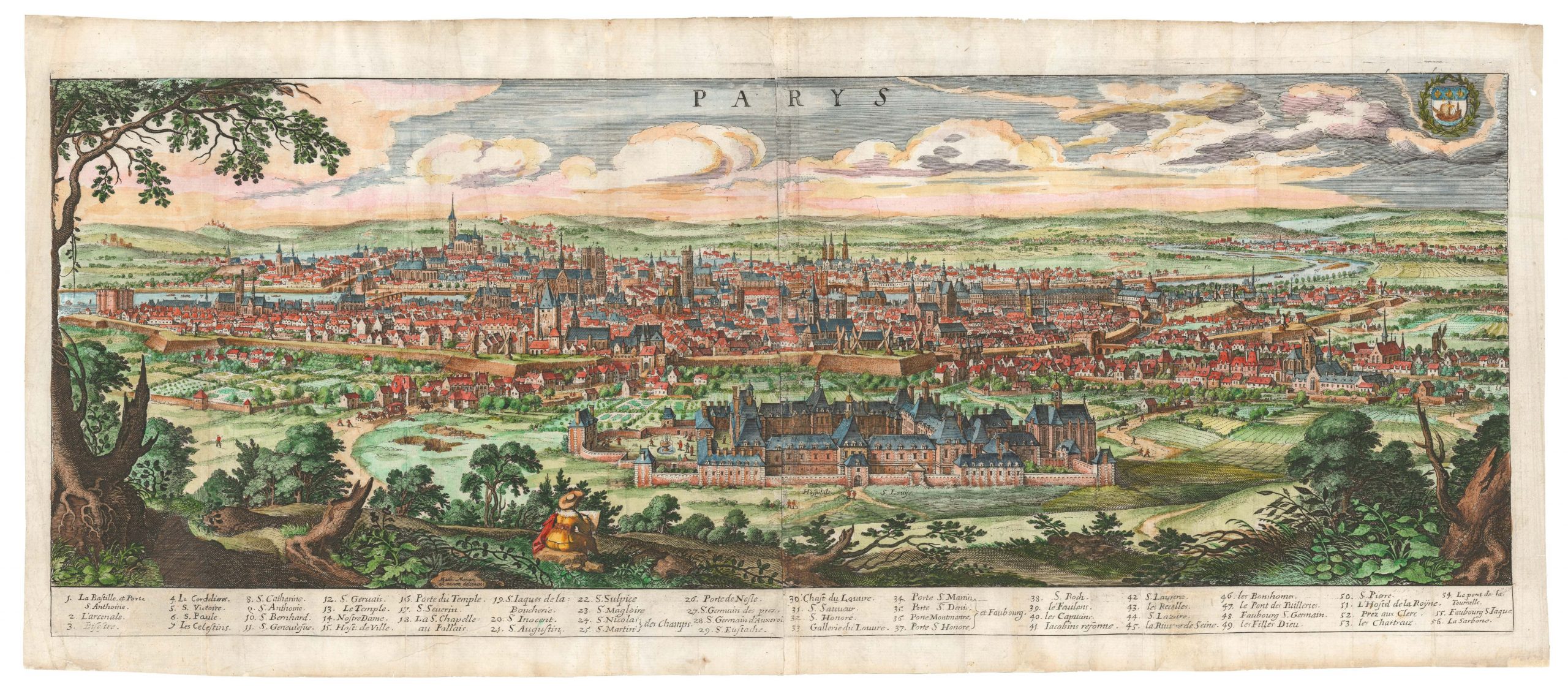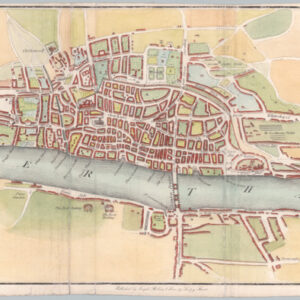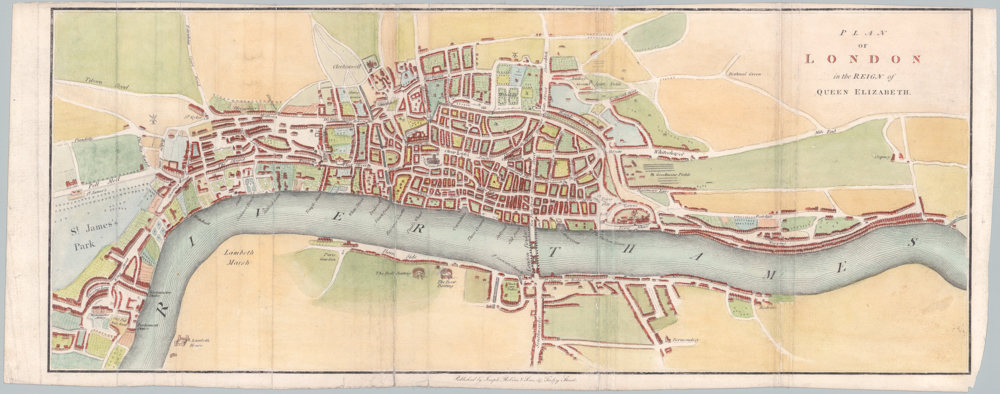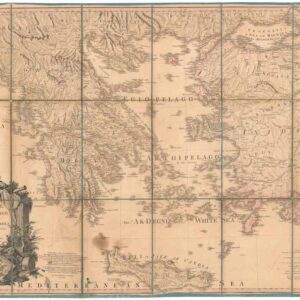Sebastian Münster’s Bird’s-Eye View of Florence.
Figur und gelegenheit der ersten und hoch versümpten Statt Florenz.
$1,200
1 in stock
Description
The City That Sparked the Renaissance.
This is Sebastian Münster’s template view of Florence, first published in the 1550 edition of Cosmographia (Italia, Liber II). It is one of the earliest printed views of the city, preceded only by Hartmann Schedel’s late 15th-century woodcut in his Nuremberg Chronicle. Münster’s original view was reprinted in later editions of the Cosmographia until a newly commissioned version replaced it in 1572. That same year, Braun and Hogenberg published their famous view of Florence, which was heavily influenced by Münster’s original 1550 depiction.
Münster’s woodcut view presents a striking and recognizable depiction of Florence. Due to the city’s extensive preservation, many of the Renaissance landmarks depicted remain unchanged today. The Arno River divides Florence into two equal halves, with iconic landmarks such as the Basilica di Santa Maria del Fiore (Duomo), the Baptistery of San Giovanni, and the Campanile prominently displayed. The entire city is framed by massive fortified walls, emphasizing its historical defensive significance. Much like modern visitors experience today, the river was crossed by at least four bridges, several of which were adorned with architectural elements.
Historical context
Florence in the 16th century was a city of political turbulence, marking a gradual shift away from its Renaissance zenith. After the brief and tumultuous rule of Girolamo Savonarola, whose theocratic regime ended in 1498, and the later pragmatic yet unstable leadership of Niccolò Machiavelli, the Medici family reclaimed power in 1537. Cosimo I de’ Medici established himself as Duke of Florence, transforming the city-state into a centralized ducal power under Medici rule. By then, Florence’s late 15th-century cultural apex—defined by Leonardo da Vinci, Michelangelo, and Botticelli—had begun to wane.
Despite these shifts, the ideals of Renaissance humanism, artistic achievement, and architectural innovation remained deeply ingrained. Münster’s original view of Florence highlights several of the city’s most celebrated Renaissance landmarks, reflecting a city defined by its Golden Age even as it entered a period of relative political and cultural decline under ducal control. The architectural heritage depicted in this map serves as a testament to Florence’s historic achievements, reinforcing its reputation as a center of Renaissance art, philosophy, and thought.
Publication information
Münster’s woodcut view of Florence was first created for the 1550 edition of Cosmographia, making it one of the earliest obtainable views of the city. The present map comes from a German edition of Cosmographia Universalis, published in Basel in 1567.
This monumental work succeeded Münster’s earlier Geographia. Unlike the Latin-only Geographia, the Cosmographia was published in multiple languages—including German, Latin, French, and Italian—making it accessible to a broader European audience.
By 1567, the printing block for this map was beginning to show early signs of wear, attesting to its widespread use and lasting popularity.
Cartographer(s):
Sebastian Münster (1488-1552) was a cosmographer and professor of Hebrew who taught at Tübingen, Heidelberg, and Basel. He settled in Basel in 1529 and died there, of the plague, in 1552. Münster was a networking specialist and stood at the center of a large network of scholars from whom he obtained geographic descriptions, maps, and directions.
As a young man, Münster joined the Franciscan order, in which he became a priest. He studied geography at Tübingen, graduating in 1518. Shortly thereafter, he moved to Basel for the first time, where he published a Hebrew grammar, one of the first books in Hebrew published in Germany. In 1521, Münster moved to Heidelberg, where he continued to publish Hebrew texts and the first German books in Aramaic. After converting to Protestantism in 1529, he took over the chair of Hebrew at Basel, where he published his main Hebrew work, a two-volume Old Testament with a Latin translation.
Münster published his first known map, a map of Germany, in 1525. Three years later, he released a treatise on sundials. But it would not be until 1540 that he published his first cartographic tour de force: the Geographia universalis vetus et nova, an updated edition of Ptolemy’s Geography. In addition to the Ptolemaic maps, Münster added 21 modern maps. Among Münster’s innovations was the inclusion of map for each continent, a concept that would influence Abraham Ortelius and other early atlas makers in the decades to come. The Geographia was reprinted in 1542, 1545, and 1552.
Münster’s masterpiece was nevertheless his Cosmographia universalis. First published in 1544, the book was reissued in at least 35 editions by 1628. It was the first German-language description of the world and contained 471 woodcuts and 26 maps over six volumes. The Cosmographia was widely used in the sixteenth and seventeenth centuries and many of its maps were adopted and modified over time, making Münster an influential cornerstone of geographical thought for generations.
Condition Description
Hand color. Visible repairs, as seen on the image. Overall nice.
References
